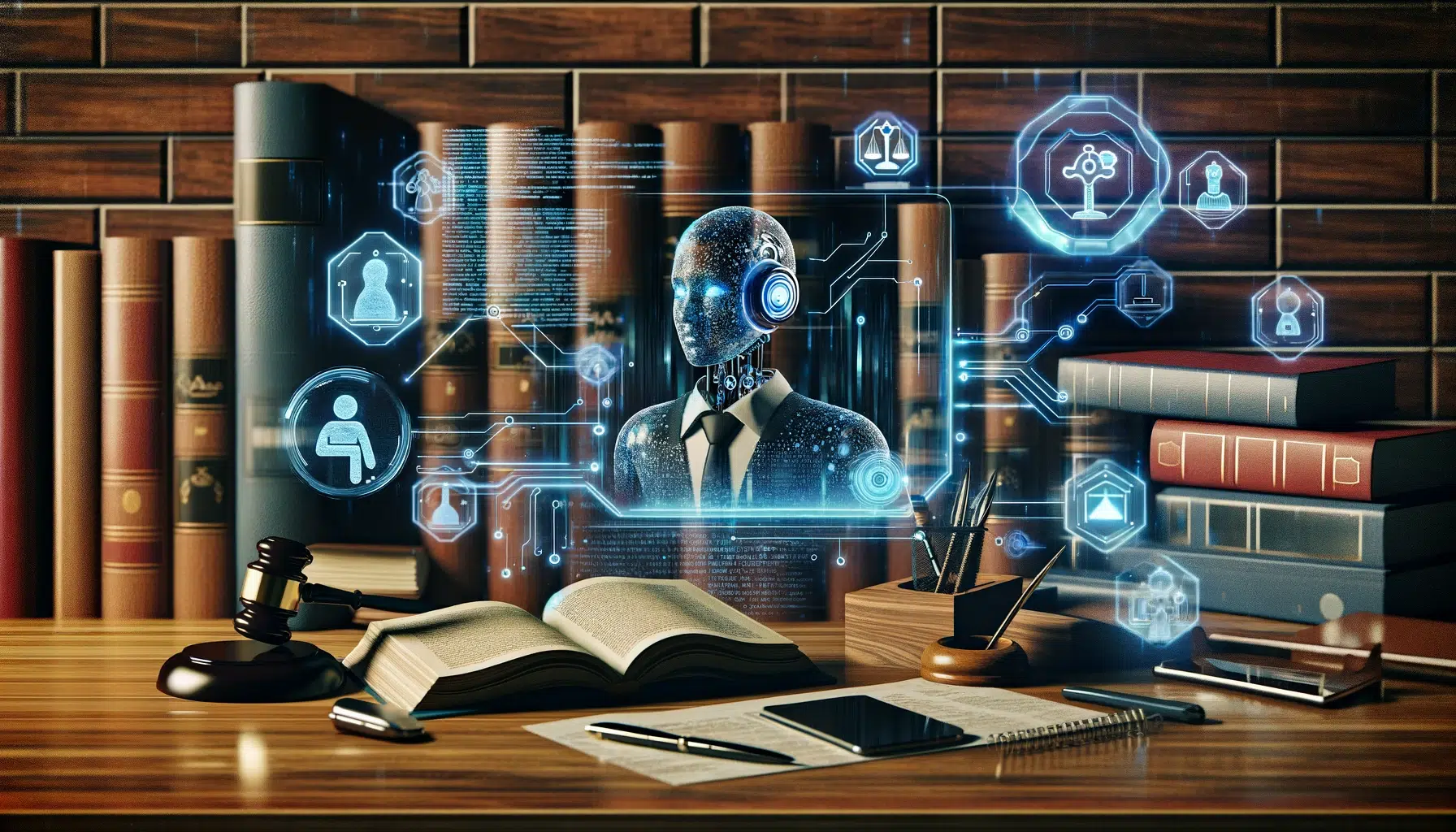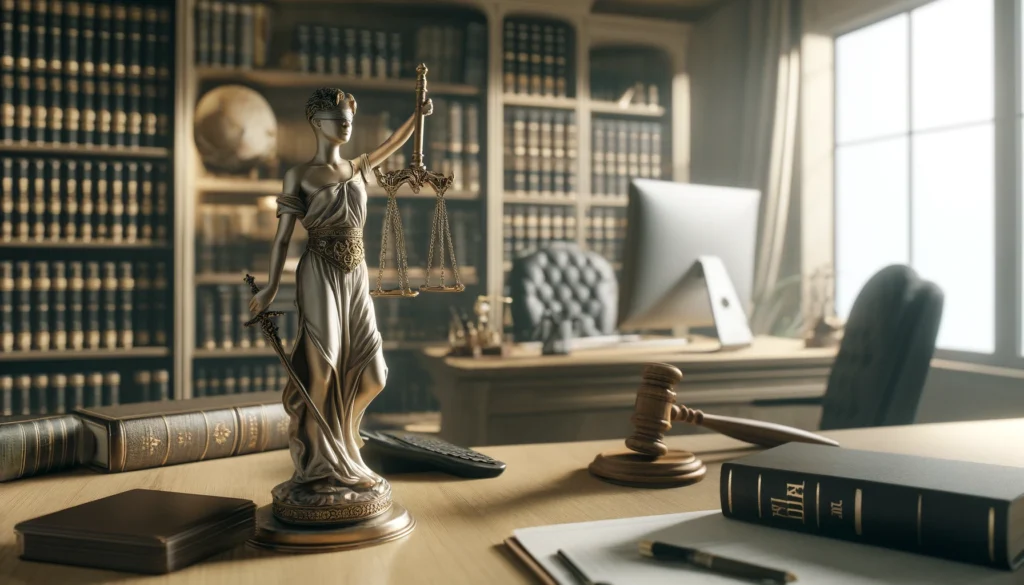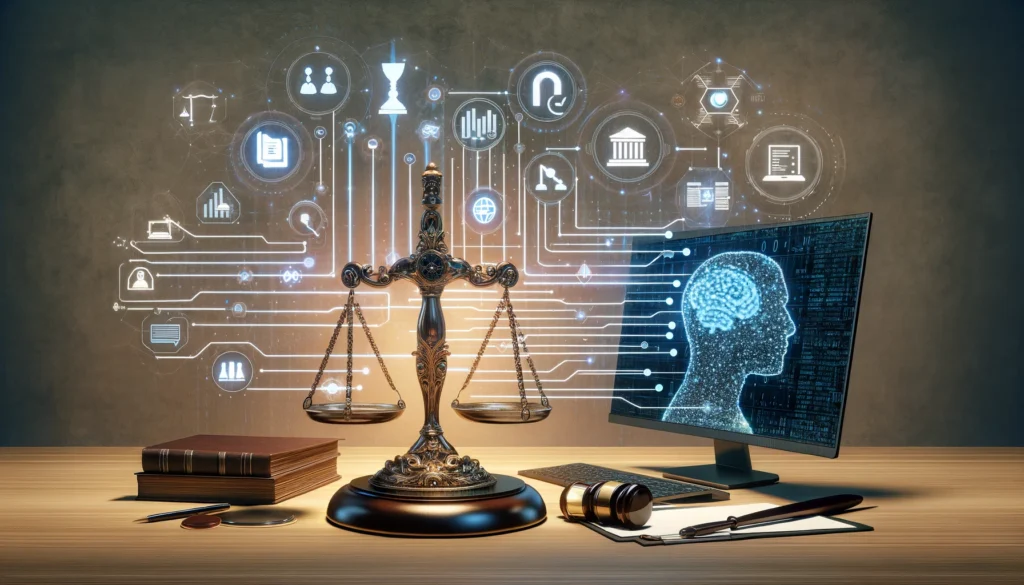
In the fast-paced world of corporate law, paralegals play a pivotal role in drafting persuasive resolutions that shape the trajectory of companies. These resolutions not only govern critical decisions but also serve as powerful tools for influencing stakeholders and driving strategic objectives. However, crafting compelling arguments and formulating airtight language can be a daunting task, often consuming valuable time and resources.
Enter ChatGPT, a cutting-edge language model that promises to revolutionize the way paralegals approach their work. By leveraging the power of artificial intelligence, this innovative tool offers a unique opportunity to streamline the drafting process, enhance persuasive writing skills, and ultimately, craft resolutions that resonate with their intended audience.
In this comprehensive guide, we’ll explore the art of leveraging ChatGPT to craft persuasive corporate resolutions, equipping paralegals with the knowledge and techniques to unlock new levels of efficiency and effectiveness. From understanding the intricacies of prompt engineering to navigating ethical considerations, this article will serve as a roadmap for embracing the AI-powered paralegal paradigm.
Understanding the Role of ChatGPT
As we embark on this exploration of leveraging ChatGPT for crafting persuasive corporate resolutions, it’s essential to grasp the fundamental capabilities and potential of this language model. At its core, ChatGPT is a powerful artificial intelligence system trained on vast amounts of data, enabling it to understand and generate human-like text with remarkable fluency and coherence.
However, ChatGPT’s true strength lies in its ability to comprehend and respond to prompts intelligently, making it an invaluable asset for paralegals tasked with drafting complex legal documents. By providing the appropriate context and guidance through well-crafted prompts, ChatGPT can assist in generating persuasive arguments, counterarguments, and rebuttals, as well as offering insightful suggestions for structuring and presenting information effectively.
One of the key advantages of utilizing ChatGPT is its potential to significantly reduce the time and effort required for research and drafting. Rather than spending countless hours scouring through legal precedents and compiling relevant information, paralegals can leverage ChatGPT’s vast knowledge base to quickly gather pertinent details and construct compelling narratives tailored to their specific needs.
Moreover, ChatGPT’s versatility extends beyond mere text generation. It can be employed to analyze and summarize complex legal documents, identify potential weaknesses or inconsistencies, and even suggest alternative phrasing or language to enhance clarity and persuasiveness.
While the benefits of ChatGPT are undeniable, it’s crucial to acknowledge its limitations and potential biases. Like any AI system, ChatGPT’s output is heavily influenced by the data it was trained on, which may contain inherent biases or inaccuracies. Therefore, it’s essential for paralegals to exercise critical thinking and due diligence in evaluating and verifying the information generated by ChatGPT.
As we explore the intricacies of Crafting Effective Prompts in the next section, we’ll delve into techniques for optimizing ChatGPT’s performance and maximizing its potential as a powerful drafting tool for persuasive corporate resolutions.
Crafting Effective Prompts
The effectiveness of ChatGPT in assisting with drafting persuasive corporate resolutions hinges heavily on the quality of the prompts provided. Well-crafted prompts not only ensure accurate and relevant output but also unlock the full potential of this powerful language model.
To harness the true capabilities of ChatGPT, it’s essential to understand the art of prompt engineering. This involves carefully structuring queries and providing sufficient context to guide the model in the desired direction. Here are some key techniques to consider:
1. Prompt Chaining
- Break down complex tasks into a series of smaller, manageable prompts
- Progressively build upon the output of each prompt to construct a cohesive and comprehensive resolution
2. Iterative Refinement
- Engage in a conversational back-and-forth with ChatGPT
- Provide feedback and additional context to refine and improve the output
3. Context and Background Information
- Supply relevant background details, legal precedents, and industry-specific information
- This contextual data helps ChatGPT tailor its responses more accurately
4. Tone and Style Guidance
- Specify the desired tone, writing style, and level of formality
- Ensure the output aligns with the appropriate language for persuasive corporate resolutions
5. Prompt Examples
- Provide well-crafted examples of effective prompts
- These can serve as templates for structuring queries and achieving desired outcomes
To further optimize the structuring and organization of ChatGPT’s output, consider employing techniques such as:
- Subheadings: Divide the resolution into clear sections for improved readability.
- Bullet Points: Present key arguments and supporting evidence in a concise, scannable format.
- Bolded Text: Emphasize crucial points, legal citations, or pivotal statements for emphasis.
By mastering the art of prompt engineering and leveraging these optimization techniques, paralegals can streamline the drafting process and unlock ChatGPT’s full potential for crafting persuasive corporate resolutions.
Also read:
Leveraging ChatGPT for Persuasive Writing
While ChatGPT excels at generating well-structured and coherent text, its true power lies in its ability to enhance persuasive writing skills. By leveraging this language model’s capabilities, paralegals can elevate their corporate resolutions to new heights of persuasiveness, ensuring their arguments resonate with stakeholders and drive desired outcomes.
One of the most valuable applications of ChatGPT in this context is its ability to generate talking points and counterarguments. By prompting the model with relevant background information and desired objectives, paralegals can gain valuable insights into potential counterarguments and preemptively address them within the resolution. This proactive approach not only strengthens the overall argument but also demonstrates a thorough understanding of the issue at hand.
Additionally, ChatGPT can be leveraged to enhance the persuasive power of language itself. Paralegals can request the generation of alternative phrasings, persuasive rhetoric, or emotional appeals tailored to their specific audience. This approach can be particularly effective in scenarios where the resolution aims to sway decision-makers or garner support from diverse stakeholders.
To further amplify the persuasive impact, consider incorporating techniques such as:
Rhetorical Devices: Leverage ChatGPT to generate persuasive rhetorical devices like metaphors, analogies, and rhetorical questions, adding depth and memorability to your arguments.
Emotional Appeals: Craft language that resonates on an emotional level by prompting ChatGPT to incorporate pathos-driven appeals, fostering a deeper connection with your audience.
Tone and Style Finessing: Optimize the tone and writing style by iteratively refining ChatGPT’s output, ensuring it aligns with the desired level of formality, assertiveness, or empathy.
It’s important to note that while ChatGPT can be an invaluable tool for enhancing persuasive writing, it should not be relied upon as the sole source of arguments or content. Paralegals should critically evaluate and fact-check the model’s output, ensuring accuracy and alignment with legal standards and precedents.
Also read:
Ethical Considerations and Best Practices
While the potential benefits of leveraging ChatGPT for drafting persuasive corporate resolutions are undeniable, it’s crucial to approach this technology with a strong ethical framework and adherence to best practices. As artificial intelligence continues to permeate the legal sphere, it’s imperative that paralegals and legal professionals uphold the highest standards of integrity, transparency, and accountability.
One of the primary ethical concerns surrounding the use of ChatGPT is the potential for biases and inaccuracies to be perpetuated or amplified. As a language model trained on vast amounts of data, ChatGPT may inherit biases present in its training corpus, leading to potentially skewed or discriminatory outputs. Paralegals must remain vigilant in identifying and mitigating such biases, ensuring that the resolutions they draft are fair, impartial, and free from prejudice.
Another critical consideration is the issue of authorship and intellectual property rights. While ChatGPT can generate text, it’s essential to recognize that the model is not an independent author but rather a tool that assists in the creative process. Paralegals should clearly attribute any verbatim or substantially similar content generated by ChatGPT and ensure compliance with relevant copyright laws and regulations.
To address these ethical concerns and promote responsible use of ChatGPT, legal professionals should adopt the following best practices:
- Human Oversight and Review: Treat ChatGPT’s output as a starting point or draft, subject to thorough review, fact-checking, and refinement by human experts.
- Transparency and Disclosure: Be transparent about the use of ChatGPT in the drafting process and disclose any significant contributions made by the model.
- Continuous Monitoring and Updates: Stay informed about the latest developments, limitations, and potential biases associated with ChatGPT, and adjust usage accordingly.
- Ethical Training and Guidelines: Establish clear ethical guidelines and provide training to ensure responsible and ethical use of ChatGPT within the legal profession.
- Collaboration with AI Experts: Foster collaboration with AI researchers, ethicists, and legal experts to continuously refine and improve the ethical frameworks surrounding AI in legal practice.
Also read:
Embracing the AI-Powered Paralegal Paradigm
In the rapidly evolving landscape of corporate law, the integration of cutting-edge technologies like ChatGPT presents a transformative opportunity for paralegals. By harnessing the power of this language model, professionals can streamline the drafting process, enhance persuasive writing skills, and ultimately craft resolutions that resonate with stakeholders and drive strategic objectives.
Throughout this comprehensive guide, we’ve explored the intricacies of leveraging ChatGPT, from understanding its fundamental capabilities to mastering the art of prompt engineering. We’ve delved into strategies for optimizing the model’s output, leveraging its potential for persuasive writing, and navigating the ethical considerations that accompany the responsible integration of AI into legal practice.
As we stand on the precipice of this AI-powered paralegal paradigm, it’s important to recognize that ChatGPT is not a replacement for human expertise but rather a powerful tool to augment and amplify our capabilities. By embracing a collaborative approach, where human judgment and critical thinking intersect with the generative power of AI, we can unlock new frontiers of efficiency and effectiveness.
The path forward is one of continuous learning, adaptation, and ethical vigilance. As the technology evolves, so too must our understanding of its implications and our commitment to upholding the highest standards of integrity and professionalism. It is through this iterative process of responsible innovation that we can truly harness the full potential of ChatGPT and shape a future where AI-powered paralegals are at the forefront of crafting persuasive corporate resolutions.
So, let us embrace this paradigm shift with enthusiasm and a resolute dedication to ethical conduct. For it is in this fusion of human ingenuity and artificial intelligence that we will redefine the boundaries of what is possible, elevating the legal profession to new heights of excellence and empowering paralegals to leave an indelible mark on the corporate landscape.


